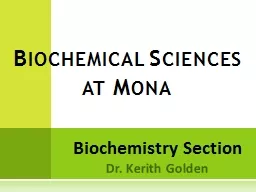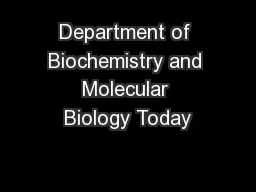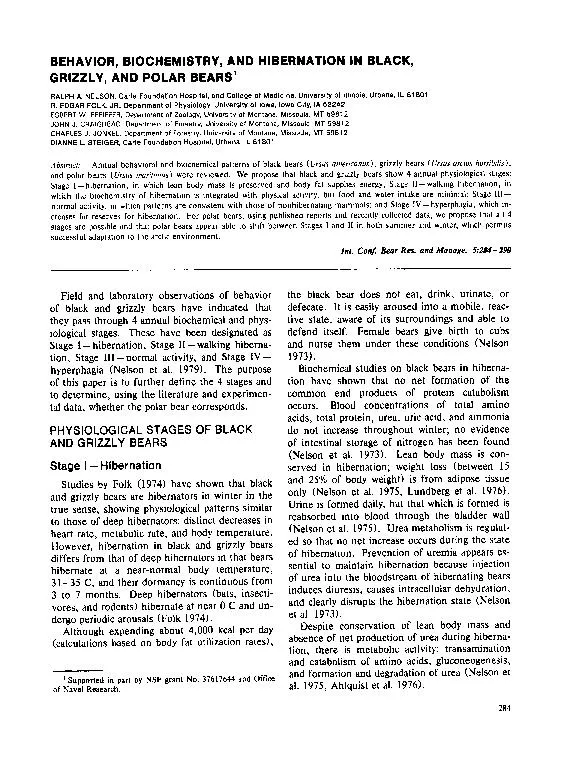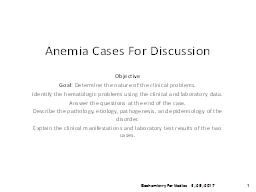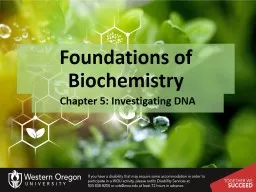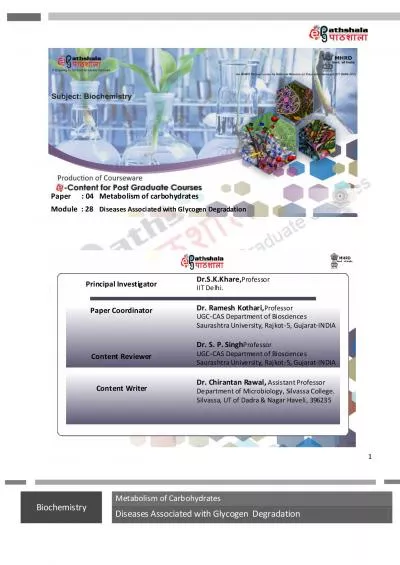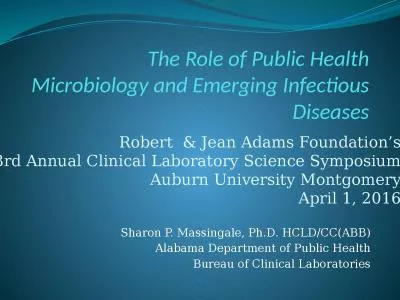PPT-The role of Biochemistry in Health and diseases
Author : margaret | Published Date : 2023-12-30
For 3 rd year Biochemistry students Prepared by Prof Dr El Shahat A Toson 2020 introduction Medical biochemistry is biochemistry related to human health and disease
Presentation Embed Code
Download Presentation
Download Presentation The PPT/PDF document "The role of Biochemistry in Health and d..." is the property of its rightful owner. Permission is granted to download and print the materials on this website for personal, non-commercial use only, and to display it on your personal computer provided you do not modify the materials and that you retain all copyright notices contained in the materials. By downloading content from our website, you accept the terms of this agreement.
The role of Biochemistry in Health and diseases: Transcript
Download Rules Of Document
"The role of Biochemistry in Health and diseases"The content belongs to its owner. You may download and print it for personal use, without modification, and keep all copyright notices. By downloading, you agree to these terms.
Related Documents


